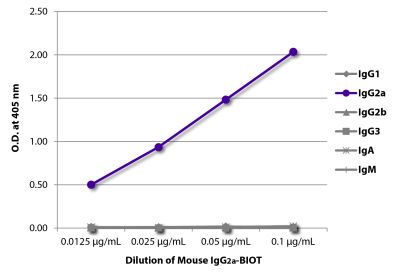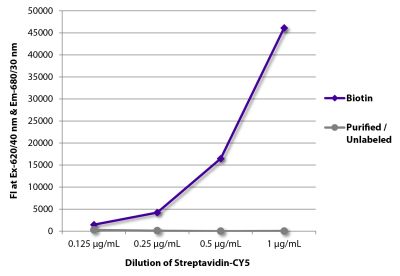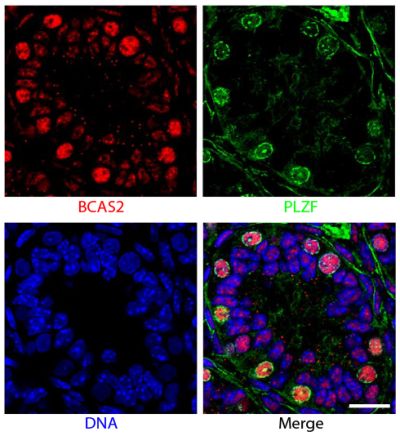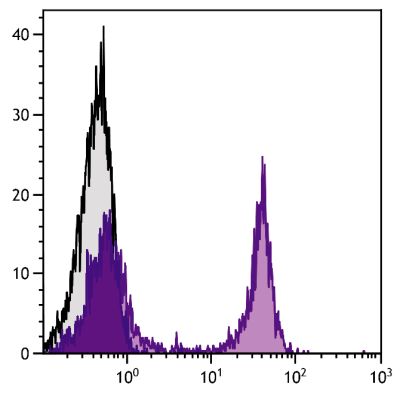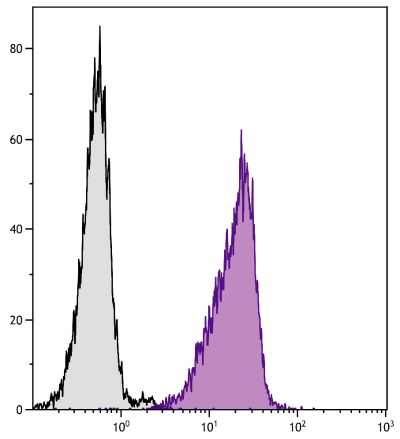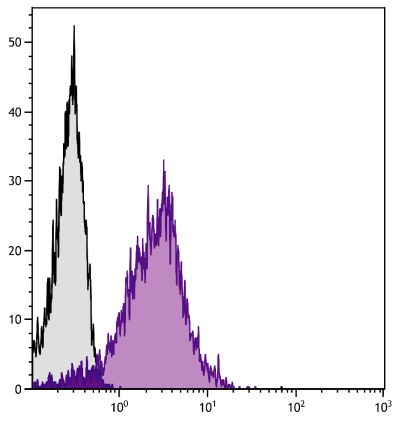Mouse Anti-Human CD11a-BIOT (38)
Cat. No.:
9320-08
Biotin Anti-Human CD11a antibody for use in flow cytometry, immunohistochemistry, ELISA, and immunoprecipitation assays.
$183.00
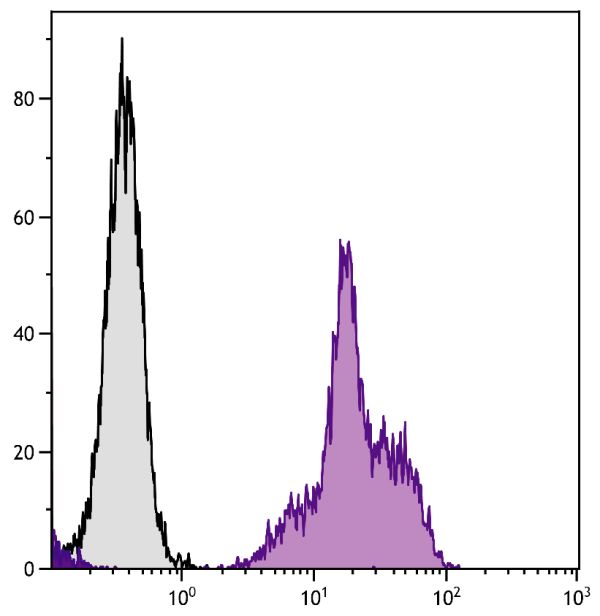

| Clone | 38 |
|---|---|
| Isotype | Mouse (BALB/c) IgG2aκ |
| Isotype Control | Mouse IgG2a-BIOT (HOPC-1) |
| Specificity | Human CD11a |
| Alternative Names | LFA-1α, integrin αL, ITGAL |
| Description | CD11a, also known as leukocyte function-associated antigen-1 (LFA-1α), represents the 180 kDa integrin αL subunit which combines with the CD18 β2 integrin subunit to form the αLβ2 integrin heterodimer. It is expressed on lymphocytes, granulocytes, monocytes, and macrophages and is upregulated on activated T cells. CD11a mediates adhesion of lymphocytes to vascular endothelium and is involved in costimulation. |
| Immunogen | Fibronectin purified monocytes |
| Conjugate | BIOT (Biotin) |
| Buffer Formulation | Phosphate buffered saline containing < 0.1% sodium azide |
| Clonality | Monoclonal |
| Concentration | Lot specific |
| Volume | 1.0 mL |
| Recommended Storage | 2-8°C |
| Applications |
Flow Cytometry – Quality tested 6 Immunohistochemistry-Frozen Sections – Reported in literature 7 Immunoprecipitation – Reported in literature 1 Blocking – Reported in literature 2-6 Adhesion – Reported in literature 2-6 ELISA – Reported in literature 8 |
| RRID Number | AB_2796729 |
| Gene ID |
3683 (Human) |
| Gene ID Symbol |
ITGAL (Human) |
| Gene ID Aliases | CD11A; LFA-1; LFA1A |
| UniProt ID |
P20701 (Human |
| UniProt Name |
ITAL_HUMAN (Human) |
Documentation
Certificate of Analysis Lookup
Enter the Catalog Number and Lot Number for the Certificate of Analysis you wish to view
- 1. Dransfield I, Hogg N. Regulated expression of Mg2+ binding epitope on leukocyte integrin α subunits. EMBO J. 1989;8:3759-65. (IP)
- 2. Dransfield I, Cabañas C, Barrett J, Hogg N. Interaction of leukocyte integrins with ligand is necessary but not sufficient for function. J Cell Biol. 1992;116:1527-35. (Adhesion, Block)
- 3. Landis RC, McDowall A, Holness CL, Littler AJ, Simmons DL, Hogg N. Involvement of the "I" domain of LFA-1 in selective binding to ligands ICAM-1 and ICAM-3. J Cell Biol. 1994;126:529-37. (Adhesion, Block)
- 4. Holness CL, Bates PA, Littler AJ, Buckley CD, McDowall A, Bossy D, et al. Analysis of the binding site on intercellular adhesion molecule 3 for the leukocyte integrin lymphocyte function-associated antigen 1. J Biol Chem. 1995;270:877-84. (Adhesion, Block)
- 5. Porter JC, Hogg N. Integrin cross talk: activation of lymphocyte function-associated antigen-1 on human T cells alters α4β1- and α5β1-mediated function. J Cell Biol. 1997;138:1437-47. (Adhesion, Block)
- 6. Weerasinghe D, McHugh KP, Ross FP, Brown EJ, Gisler RH, Imhof BA. A role for the αvβ3 integrin in the transmigration of monocytes. J Cell Biol. 1998;142:595-607. (FC, Adhesion, Block)
- 7. Demetter P, van Huysse JA, de Keyser F, van Damme N, Verbruggen G, Mielants H, et al. Increase in lymphoid follicles and leukocyte adhesion molecules emphasizes a role for the gut in spondyloarthropathy pathogenesis. J Pathol. 2002;198:517-22. (IHC-FS)
- 8. Last-Barney K, Davidson W, Cardozo M, Frye LL, Grygon CA, Hopkins JL, et al. Binding site elucidation of hydantoin-based antagonists of LFA-1 using multidisciplinary technologies: evidence for the allosteric inhibition of a protein-protein interaction. J Am Chem Soc. 2001;123:5643-50. (ELISA)
See All References


